If you’re out in public avoid typing in your passcode. You never know who might be looking over your shoulder.
7 important iPhone security settings to change right now
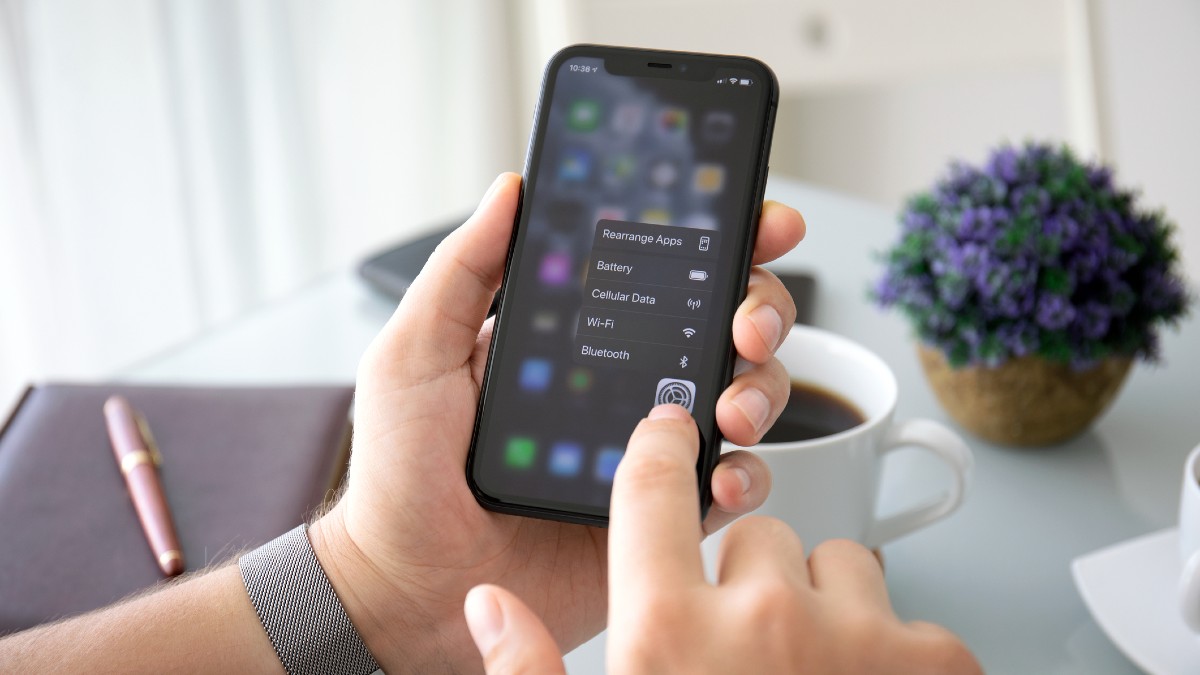
The iPhone is Apple’s most popular product, and the Cupertino company does everything it can to keep up with the latest tech developments while adding its own. You may have had an iPhone for years and not know everything it’s capable of. Tap or click here for seven hidden iPhone features you may not know.
Beyond the fun stuff, many security settings are baked into your iPhone. It’s important to know what they do and when to use them. This goes beyond simply enabling Face ID or Touch ID. We’ll help you get started.
1. Use the built-in authenticator
Two-factor authentication (2FA) adds an extra layer of security when signing into an account, website or service. You’ll commonly encounter logins that send a code to your device for authentication.
Your iPhone can receive verification codes for sites and apps that offer 2FA without relying on text messages or additional apps. This will automatically happen if your phone is running iOS 12 and higher. When you get a texted 2FA security code, it will automatically appear in the code field.
Here’s how to set up automatic verification codes for a website or app by entering a setup key:
- Sign in to the area of the website or app where you manage your account, then select options to enable two-factor authentication and an authenticator app.
- Choose the option to manually use a setup key (or setup code or similar), then select and copy the setup key.
- Go to Settings > Passwords, then select your account for the website or app.
- Tap Set Up Verification Code, then tap Enter Setup Key.
- Tap the Setup Key field, tap Paste, then OK.
- Tap the Verification Code field, then tap Copy Verification Code.
- Return to the website or app, then paste the verification code where directed.
2. Lock down apps that always know where you are
Why would an app need to know where you are? Perhaps you want your navigation app to know this to guide you to your destination. You may want your weather app to give you accurate local results.
But what about others? Does a game or music app need to know where you are? What about social media? You can quickly check which apps can access your location and restrict them as needed.
- Go to Settings > Privacy & Security > Location Services.
- To review or change access settings for an app or to see its explanation for requesting Location Services, tap the app. You can set when an app can track your location or turn it off completely.
RELATED: Have an iPhone, iPad or Mac? Here’s how to set up Apple’s built-in storage
Weak signal? How to get better Wi-Fi on your Android
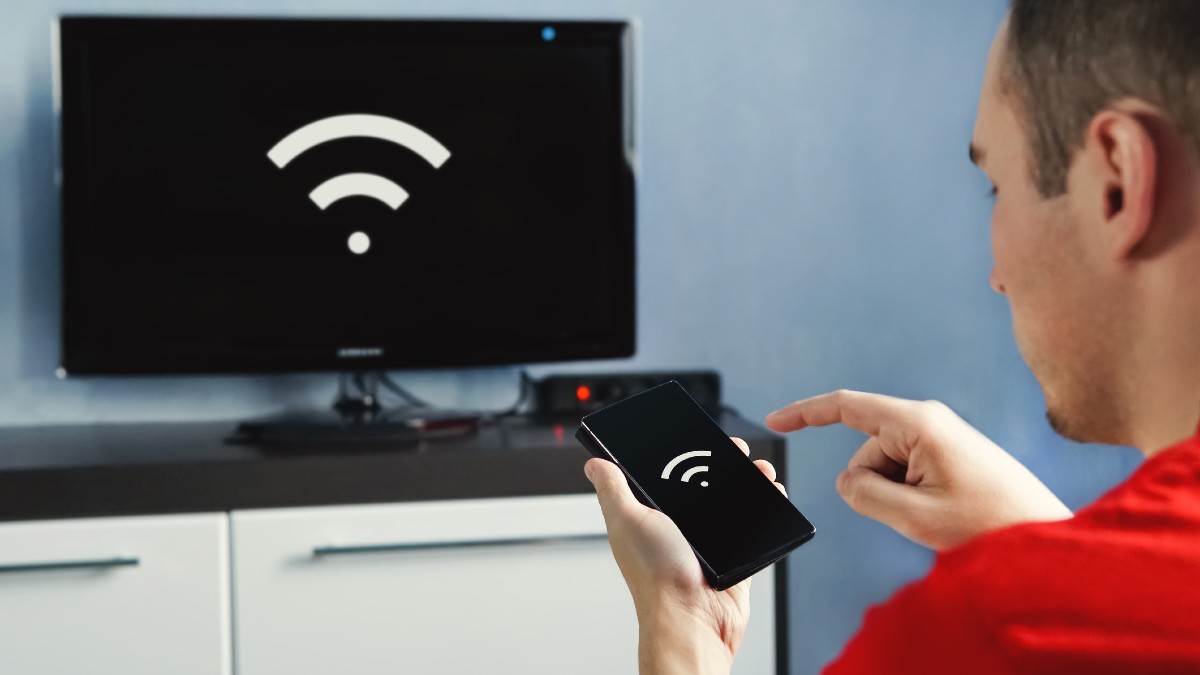
You rely on your phone for a lot. It helps to give your tech a checkup now and then to avoid more severe and costly problems later. Tap or click here for six ways to get started.
What’s more frustrating than lousy Wi-Fi when you’re trying to get something done? Your Android phone loses much of its functionality without a solid network connection. The problem could be coming from several sources, and we’re here to help you narrow them down and get your internet back on track.
How easy is it to unlock an iPhone?
🤳 Unlock apps with your face: You can use Face ID to unlock apps on your iPhone. Go to Settings > Face ID & Passcode > Enter Passcode > Other Apps, and toggle on the apps you want. Not every app is compatible, but this is handy for those that are.
Google's big plan to kill the password
Is it time to say goodbye to your old passcode? I tell you why they’re a privacy win, in one minute.
📴 What a coincidence! New York Mayor Eric Adams, slapped with five federal corruption charges, had to hand over his phone to the FBI. He says he changed the passcode to prevent staff from accidentally (or intentionally) deleting important info, and, oops, he forgot his phone’s new passcode (paywall link). Nice try, but they’re still getting in, buddy.
What REALLY happens when you unsend, edit or delete a text in iOS 16
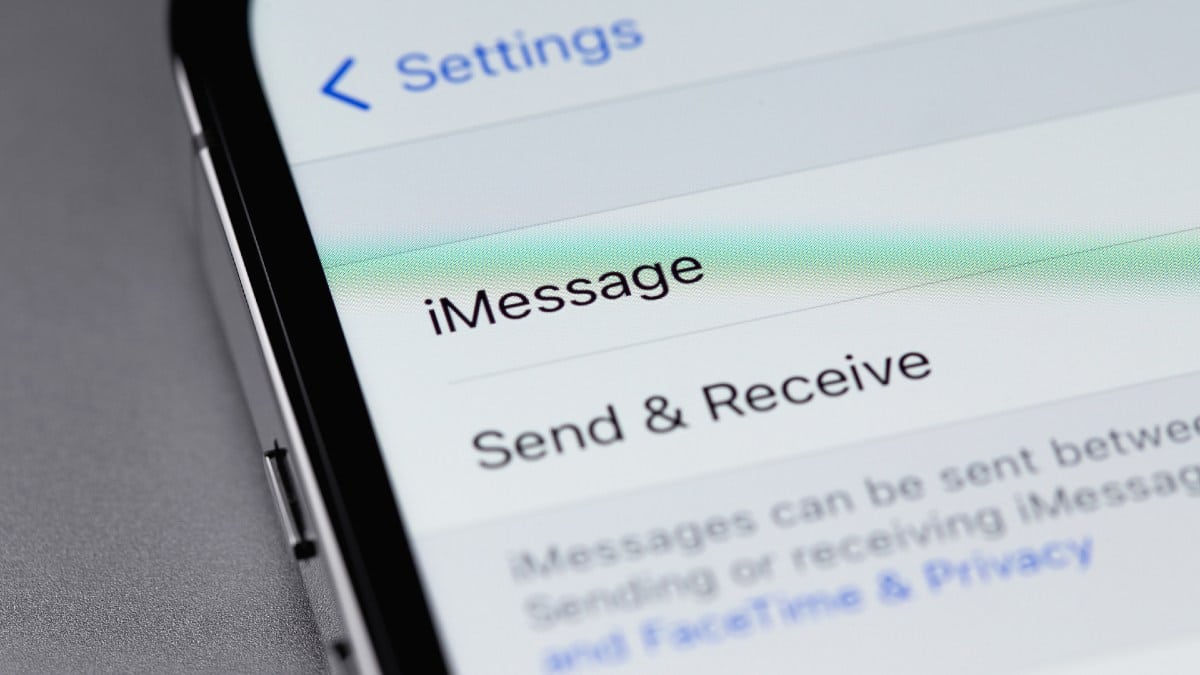
Should you upgrade to the iPhone 14? It includes crash detection, satellite communication in an emergency, and pro models get an always-on screen. Tap or click here to check out more on the new iPhone, Apple Watch and AirPods Pro. Our verdict: If your phone is still working fine, hold off for now.
Here's how to recover your account if you're locked out of your Apple ID account

Strong and unique passwords are among your first lines of defense against cybercriminals. If you’re using the same password for multiple accounts, you’re putting yourself at serious risk of being hacked. Tap or click here for 10 ways to secure your accounts with strong passwords.
Going out? Don't use a passcode
Make a new friend at the bar? Watch your phone. I explain why in this one-minute podcast.
Do this free check so you don't buy a STOLEN phone
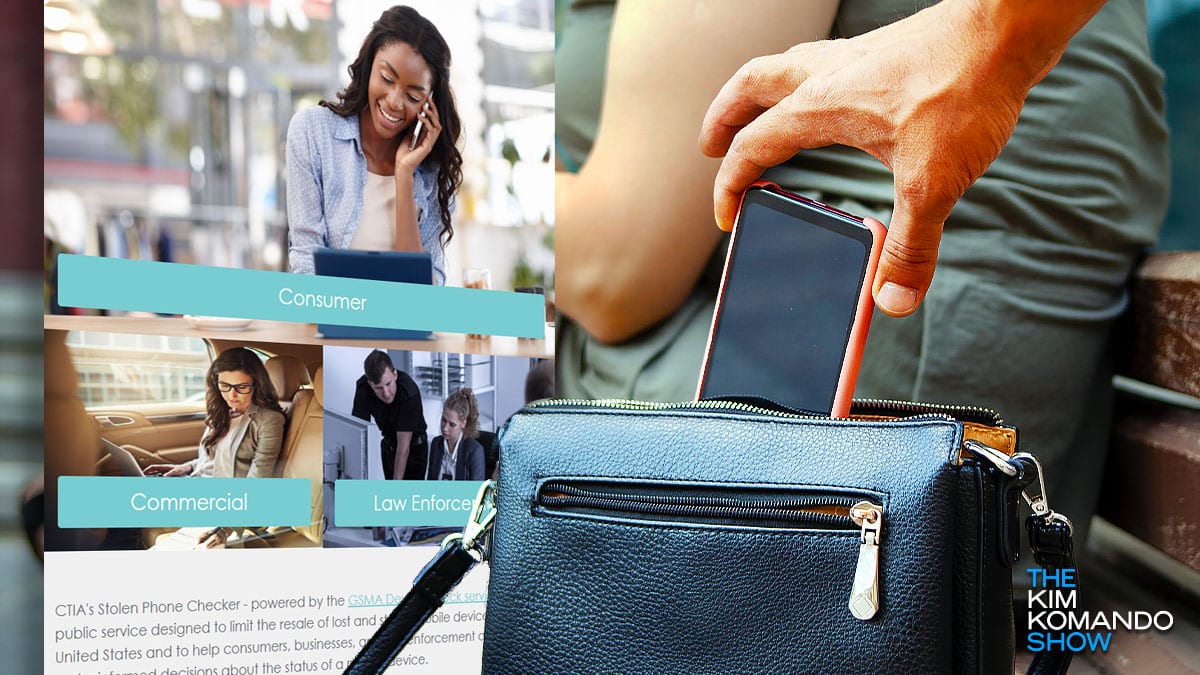
Smartphones are expensive, and you don’t always have an extra $1,3000 to buy the latest and greatest device. That’s why some people turn to secondhand phones to save money. But how do you know that the used gadget isn’t stolen?
3 ways to fight SIM-swapping - Follow this cybersecurity checklist to protect yourself

Every cybersecurity threat has the potential to snowball into an avalanche of issues — but some are more dangerous from the jump. Experts say you should watch out for impending cyberattacks, thanks to the Russia-Ukraine war. SIM swapping is an especially dire threat since it takes over your smartphone, rendering it useless.
Kids are using a handy smartphone feature to cheat on tests

A video uploaded to TikTok has caused a bit of a debate about whether technology can or should be used in the classroom. More specifically, the problem is with a new feature included in iPhone’s latest operating system update.
Protect your wireless account from hackers with this one step

Targeting large groups of people through phishing or email spam is a typical way cybercriminals make money. But some step it up a notch and go after large databases containing millions of user records.
In the last decade, plenty of companies have fallen victim to meticulously planned attacks. Hackers sometimes get access to millions of personal information files. They use the stolen data to rip people off by committing identity fraud and numerous other nefarious acts.
Samsung flaw lets anyone sign in with their fingerprint
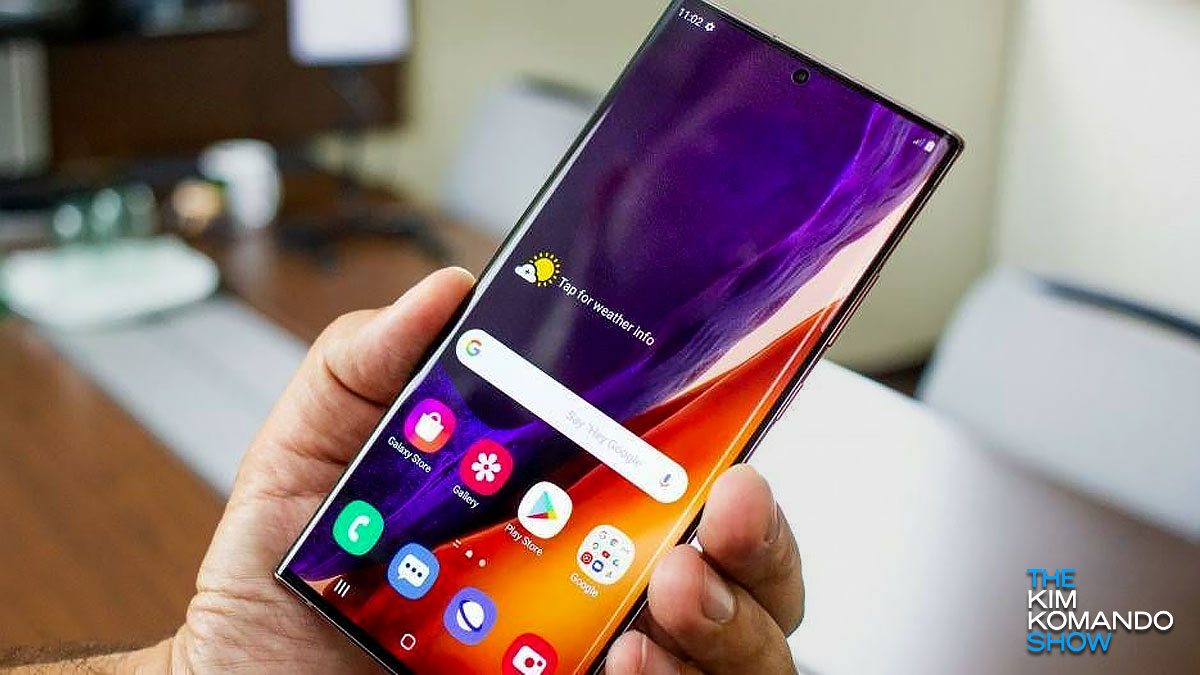
Think about all the important information kept on your smartphone. Things like work and personal emails, logins for bank accounts, private photos and so much more can be found on your device.
That’s why it’s crucial to keep them protected the best way possible. You can use a PIN code, facial ID or fingerprint to keep your phone locked. But which provides the best security? Tap or click here to find out.
7 essential Android security settings: 2FA, spot shady apps, stop location tracking

According to a Pew Research report, 28% of smartphone owners don’t use screen locks or other security features to keep people out of their phones. Does this figure represent your Android security practice?
The same report further indicates 54% of internet users access the web via public Wi-Fi networks to perform sensitive activities, such as online shopping (21%) and banking (21%). Never access public Wi-Fi without a virtual private network. Tap or click to see how you can protect your data with a VPN.
Live with snoops or just want privacy? Tech smarts for your smartphone
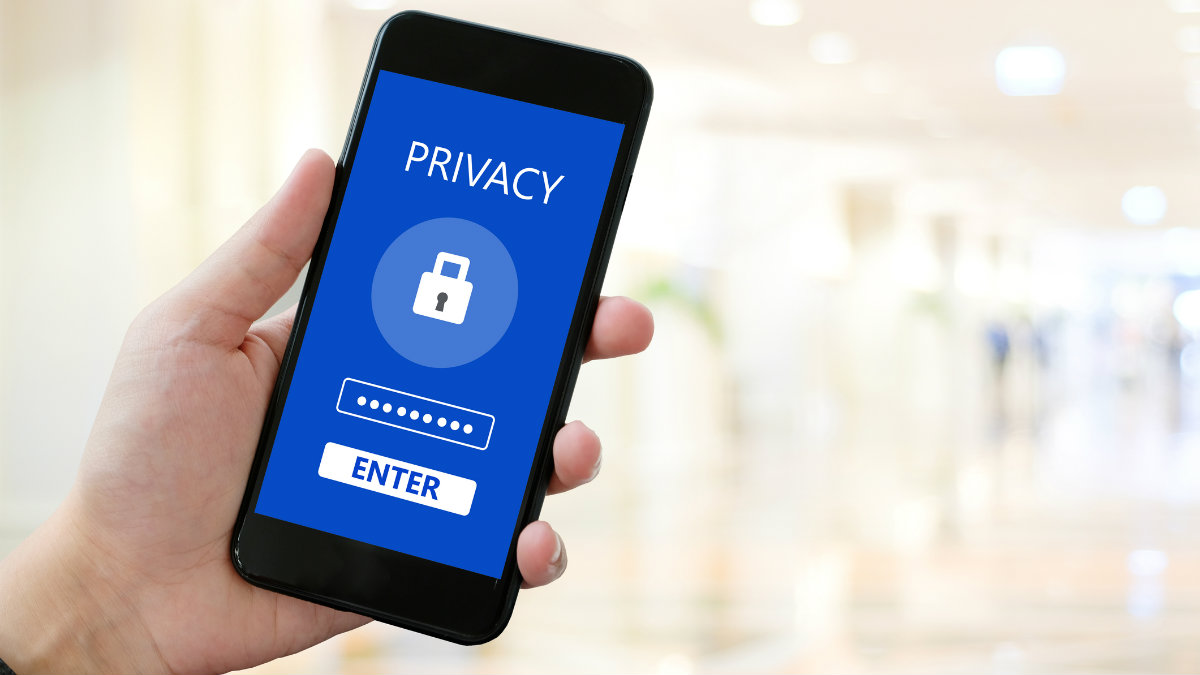
Your phone is your constant coronavirus companion. It’s there for news, entertainment, work, and communication.
It’s more important now than ever to make sure your phone doesn’t have a digital virus. Tap or click here for the tell-tale signs your phone is infected with malware, a keylogger, or worse.
Trick to passcode-protect apps you don't want others spying on
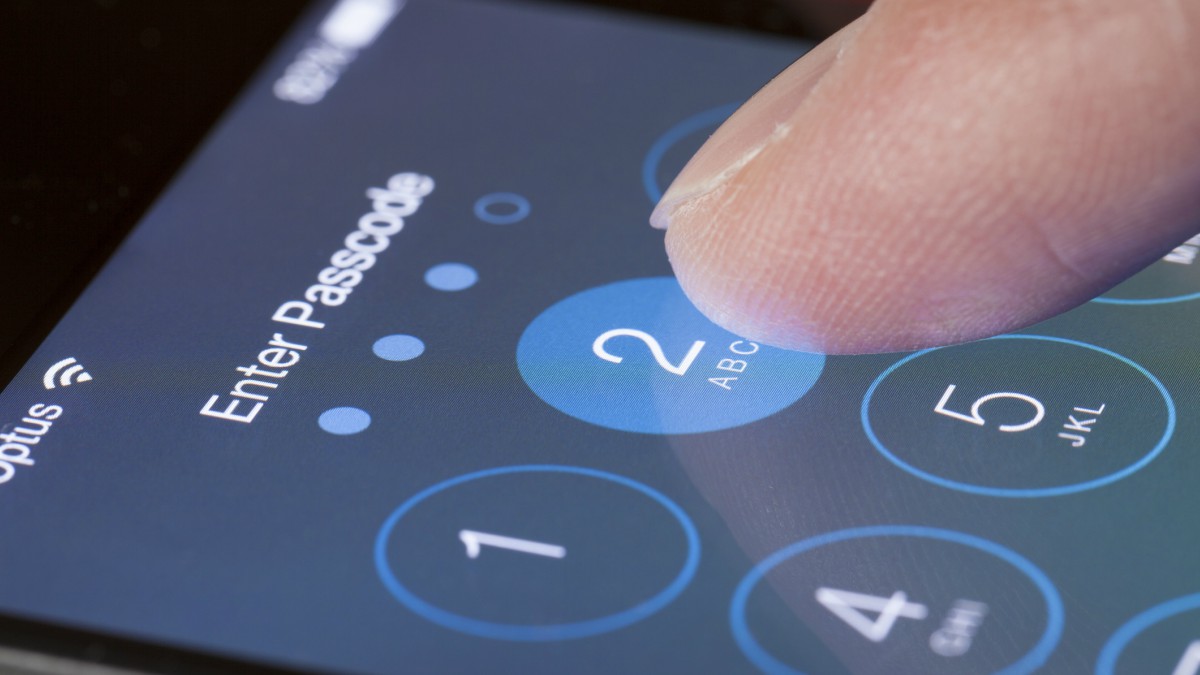
Apple offers a number of ways for you to lock your iPhone and iPad from strangers and nosy loved ones. You can set a passcode, use Touch ID to unlock things with your fingerprint and on later phone models, you can use Face ID, too.
